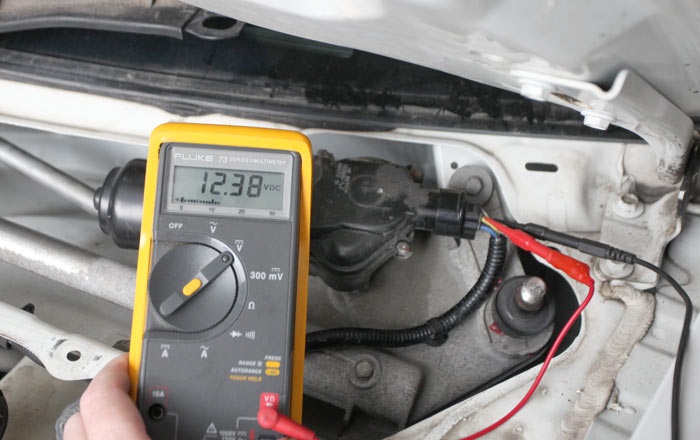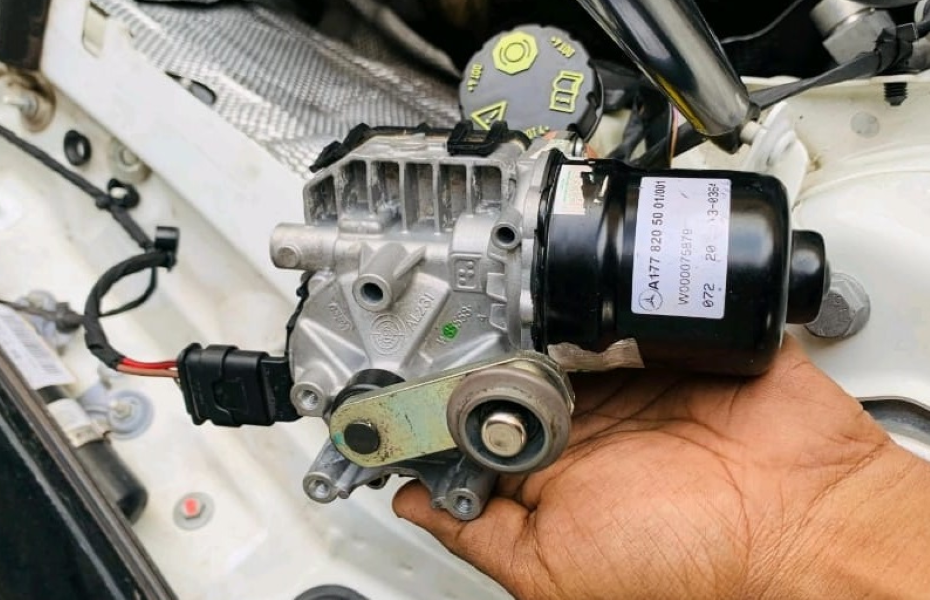Table of Contents
How to Fix Wiper Blades not Working ?
When it comes to driving safely in adverse weather conditions, functioning wiper blades are essential. However, many drivers face issues with their wiper blades not working properly. This article aims to help you diagnose and fix common problems with wiper blades, ensuring your visibility on the road remains clear.
Understanding Wiper Blade Mechanism
Windshield wiper blades are part of a system designed to keep your windshield clear of rain, snow, and debris. The system typically includes the wiper blades, wiper arms, a wiper motor, and a linkage mechanism that moves the blades back and forth across the windshield. Understanding how this system works is the first step in diagnosing any issues.

Common Problems with Wiper Blades
Blades Not Moving
One of the most common issues is wiper blades that simply don’t move. This can be caused by several factors, including a blown fuse, a faulty wiper motor, or problems with the wiper linkage.
Blades Not Wiping Properly
If the wiper blades move but fail to clear the windshield effectively, the problem could be worn-out blades, a dirty windshield, or misaligned wiper arms.
Noisy Wiper Blades
Squeaking or chattering wiper blades can be annoying and may indicate that the blades are worn out, the windshield is dirty, or the wiper arms need adjustment.
Streaking or Smearing
Streaks or smears left on the windshield after the wipers pass can reduce visibility and are often caused by worn blades, dirty glass, or residue build-up.
Diagnosing the Wiper Blades not Working
1. Checking the Wiper Blade Condition
Inspect the wiper blades for any signs of wear, such as cracks, tears, or stiffness. If the rubber is damaged, it’s time for a replacement.
2. Inspecting the Wiper Arm and Motor
Check the wiper arms to ensure they are securely attached and not bent. Listen for any unusual noises coming from the wiper motor when activated.
3. Examining the Wiper Linkage
Ensure the linkage that connects the wiper arms to the motor is intact and moving smoothly. Any signs of damage or disconnection will require further attention.

Fixing Wiper Blades That Don’t Move
1. Checking the Wiper Fuse
A blown fuse is a common cause of wiper blades not moving. Locate the fuse box and check if the wiper fuse is intact. Replace it if necessary.
2. Inspecting and Replacing the Wiper Motor
If the fuse is fine, the wiper motor might be the issue. Test the motor by activating the wipers and listening for any sounds. If the motor is faulty, it will need to be replaced.
3. Addressing Linkage Problems
Inspect the linkage for any signs of wear or disconnection. Tighten any loose connections and replace damaged parts to restore proper function.
How can I improve my wiper performance?
1. Cleaning the Wiper Blades and Windshield
Regularly clean the wiper blades with a damp cloth and ensure the windshield is free from dirt and debris to enhance wiping performance.
2. Replacing Worn-Out Blades
Wiper blades should be replaced at least once a year or when they show signs of wear. Opt for high-quality blades for better performance and durability.
3. Adjusting the Wiper Arms
Ensure the wiper arms are correctly aligned and applying the right amount of pressure on the windshield. Adjust them if necessary to avoid streaking and ensure a smooth wipe.
Case Study: Resolving Wiper Blades not working on a Mercedes CLA W118
The owner of a Mercedes CLA W118 noticed that their wiper blades were not working at all, leaving them unable to drive safely in inclement weather. After attempting basic troubleshooting, such as checking the wiper blades and fuses, they decided to seek professional help.

The Professional Intervention
Arrival at the Dealership
Upon arriving at the Mercedes dealership, the owner explained the issue to a qualified technician. The technician began by performing a thorough diagnostic procedure using advanced tools and techniques.
Diagnostic Tools and Techniques
The technician used a diagnostic tool known as LAUNCH, which is designed for comprehensive vehicle diagnostics. Additionally, they employed a multimeter to measure electrical values and identify any inconsistencies in the wiper system.

Using the Diagram Warning
The technician also referred to the vehicle’s wiring diagram, which provided a detailed layout of the electrical connections and components related to the wiper system. This step was crucial in pinpointing the exact location of the fault.

Identifying the Problem
After a thorough inspection and diagnostic process, the technician discovered that the issue stemmed from a faulty wiper motor. The motor was not generating the necessary power to move the wiper blades, leading to their complete malfunction.

The Solution
Replacing the Wiper Motor
To resolve the problem, the technician replaced the faulty wiper motor with a new one. This process involved:
- Disconnecting the Battery: Ensuring safety by disconnecting the vehicle’s battery before starting the repair.
- Removing the Old Motor: Carefully detaching the wiper arms and linkage to access the motor, then removing the faulty motor.
- Installing the New Motor: Fitting the new motor into place, reconnecting the linkage and wiper arms, and ensuring everything was securely attached.
- Testing the System: Reconnecting the battery and testing the new motor to ensure the wiper blades were functioning correctly.

Final Checks
After the replacement, the technician performed a series of tests to confirm that the new motor was operating as expected and that the wiper blades were moving smoothly across the windshield.
The intervention was successful, and the Mercedes CLA W118 owner left the dealership with fully functional wiper blades. This case study highlights the importance of professional diagnostics and repairs when dealing with complex vehicle issues. It also demonstrates how advanced tools and a methodical approach can effectively resolve seemingly daunting problems.
How to change car wiper blades ?
Changing your car’s wiper blades is a simple and essential maintenance task that ensures clear visibility during adverse weather conditions. Here’s a comprehensive guide to help you replace your wiper blades easily:
- Determine the Correct Wiper Blade Size
- Lift the Wiper Arms
- Remove the Old Wiper Blades
- Locate the Release Tab: Find the small tab or button on the underside of the wiper blade where it connects to the wiper arm.
- Press the Tab: Press the tab and slide the old wiper blade down towards the base of the wiper arm.
- Detach the Blade: Once the blade is released, remove it from the arm.
- Install the New Wiper Blades
- Lower the Wiper Arms
- Test the New Wiper Blades






Leave a Reply